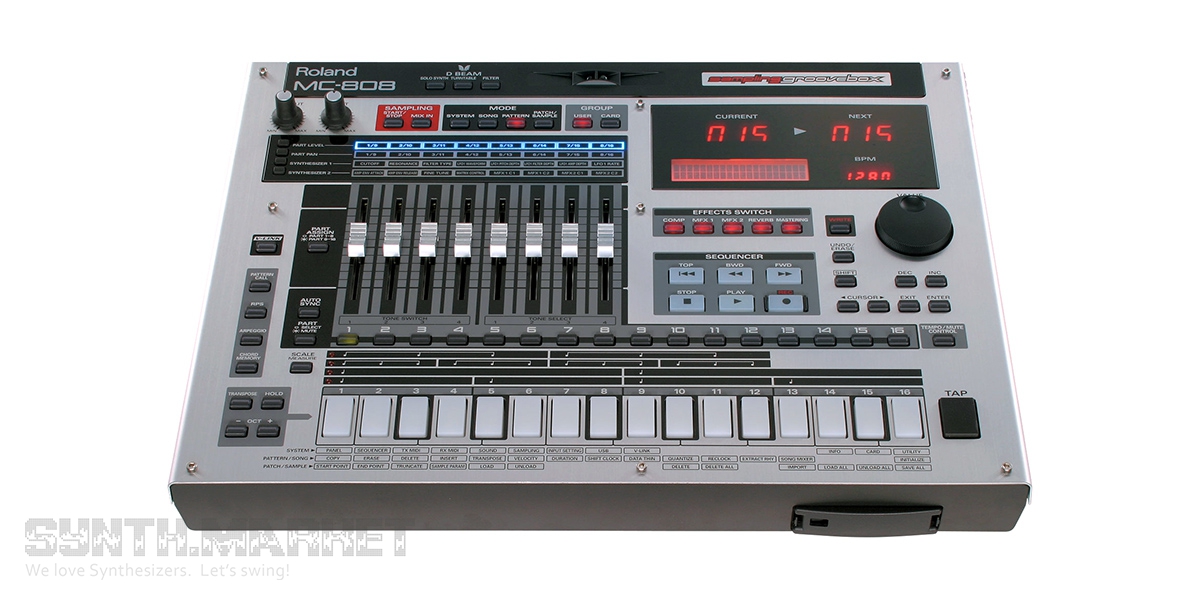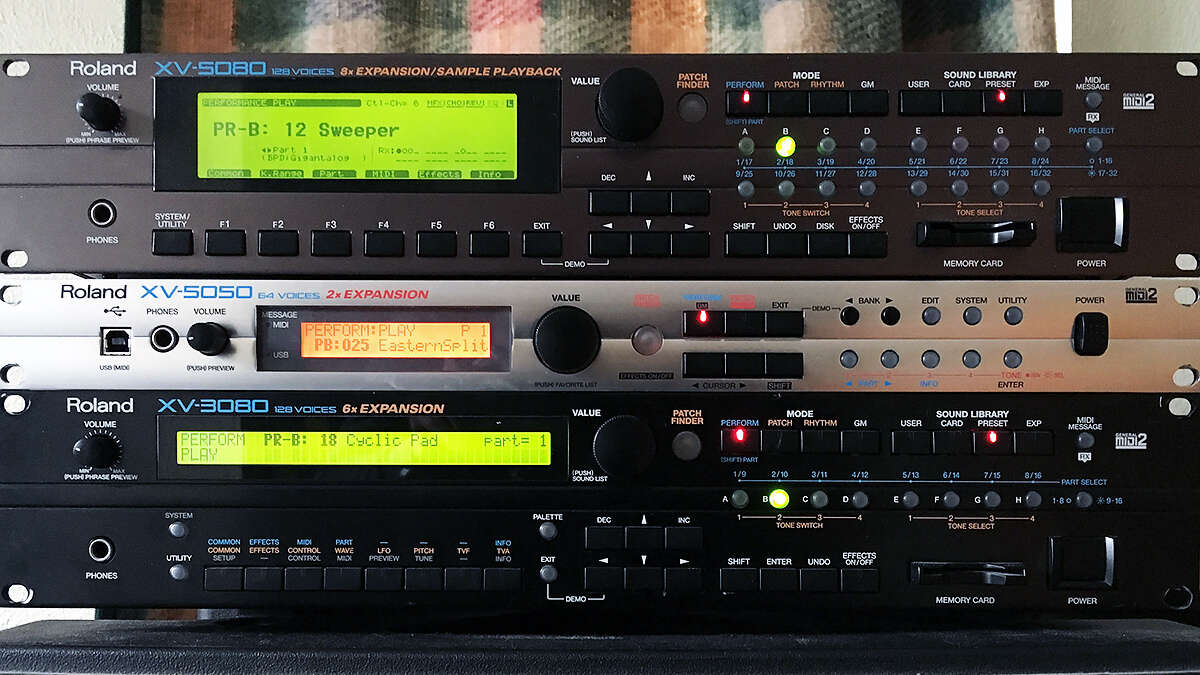КлавишныеЗвук.модуль/ тон-генераторМодульная системаБас, драм, перкуссияДр.инструментыDJПрограммыСэмплер
Аранжировщик, Аранжировочная станцияКитар, наплечный синтезаторКонтроллеры MIDI, USB, Wi-Fi, BluetoothМодуль расширенияРабочая станцияС хроматической клавиатуройСинтезаторСценический/ исполнительский синтезаторФортепиано, электронное пианиноЦифровой орган, синтезатор органаВсе разделы Каталога
Исполнительский клавишный инструментКлавесинКомпактное цифровое пианиноКонсольное/ вертикальное цифровое фортепианоЭлектронный рояль, сценическое фортепиано
ЭлектрогитарыПедали, процессорыУсилителиТюнеры, метрономы














